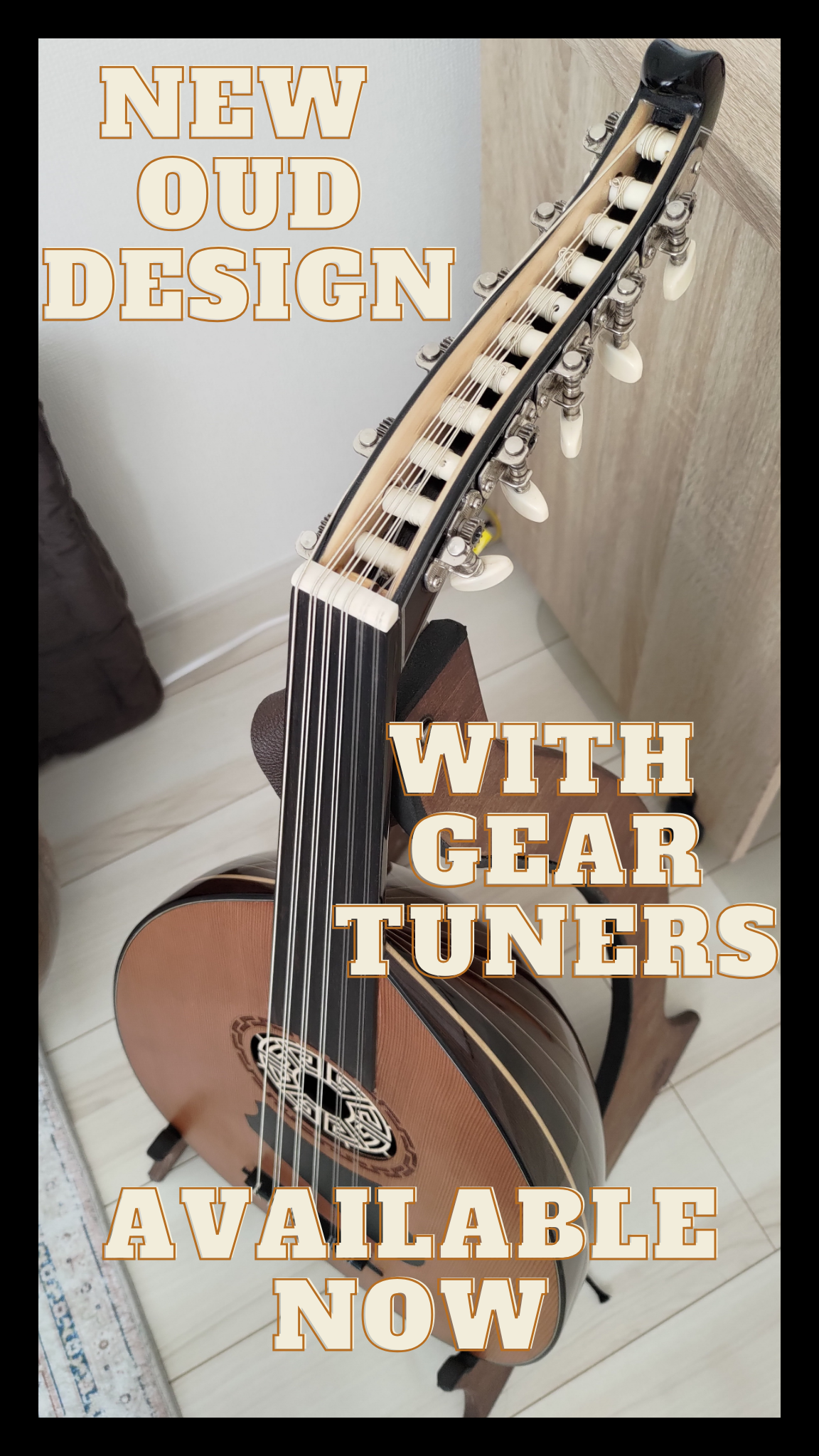Advanced Hammer-on Pull-off combinations are where your Oud playing will come to life. You will hear these nuances often in all kinds of traditional Middle Eastern music.
Check out the video below to learn how to do it!
Advanced Hammer on Pull off Combinations
Difficulty: Advanced
What?
Advanced Hammer-on Pull-off combinations are where hammer-ons and pull-offs work together to create another unique nuance, or melodic phrase. It is very stylistic in Middle Eastern music and indispensable to learn for an Oud player.
Utilizing Hammer-ons and Pull-offs are also two of the ways you can play grace notes on the Oud. Hammer-ons and Pull-offs in combination create subtle changes in the accent of notes being played, making some notes softer and other notes stronger.
Why?
Even learning a couple combinations can give your ear something to listen for when you hear other combinations of notes in similar ways. When you get to an advanced level, knowing how to play hammer-ons and pull-offs will help you fill in gaps between the main notes of a melody making your playing more interesting and filling up the sound.
How?
If you are not sure how to play a hammer-on or pull-off, check out our previous posts and videos:
The video does a far superior job of explaining how to accomplish these combinations but I can give you some tips.
This first combination demonstrated in the video is like a trill. A trill is 3 quick notes played over 1 beat. In the video I play D, E quarter flat, D very quickly. At the same time this trill uses the techniques of hammer-ons and pull-offs to play it. E quarter flat is played by a hammer-on and D is played with a pull off.
In the second combination the trill is played on E quarter flat to the F and back to E quarter flat. In other words, E quarter flat is plucked, F is the hammer-on and return to E quarter flat is a pull-off.
After that, you also pull your finger off the E quarter flat to play the open D string. You finish the short passage with an emphasized pluck of the open D string again.
Tips for success:
Sometimes it may seem that pull-offs are more accurately described as “let-go’s”, meaning that you just let go of the note you are holding on the fingerboard to play an open string. Even the act of letting go of a string can be considered a pull-off.
What Next?
Keep checking back for more technique videos, they are just going to get better and better, and they are going to help you get better at the Oud and make you play authentically.






Thanks for another great lesson!
Thanks for telling us how you liked it!
WONDERFUL NAVID…GREAT LESSON IN FILLING IN….ANOTHER PIECE OF THE NEVER ENDING PUZZLE PIECES OF THE OUD…I HAVE LEARNS SO MUCH IN THE LAST MONTH AND HALF…CAN’T THANK YOU ENOUGH…MONEY WELL SPENT….
Thank you Michael, I’m so happy to hear that.
I’VE TRIED THIS…DOESN’T SOUND LIKE YOURS. I HAVE TURKISH TUNING. I DON’T SEEM TO GRASP THE FINGER MOVEMENTS FROM STRING TO STRING. MY Eqb is off of the B(4th) string. At least that’s what the tuner says. Might there be an alternative selection for Turkish, to come close to Arabic? I’ll wait for your suggestions.
I do love the hammer-on and pull-off…really adds to the sound(s). Always wondered how the notes where played….don’t have to wonder anymore.
Sorry to hear your computer took a dive….been through that ordeal a tome or two…happens only when you need to work on the computer….
Good Luck on restoring your unit,
Regards,
Michael
Hmm I’ll have to think of a solution for this. Thanks for mentioning that. It will help me in the future.
The terminologgy is derived from the idea of the 5th of the
chord being the second tone after the tonic or the bass.
Heavier guitar strings could help in getting far better shades and tones and sustainability while nylon strings aree nnot recommended.
These can bbe placed in your living room, as well as
on your patio and oter parts of your home.